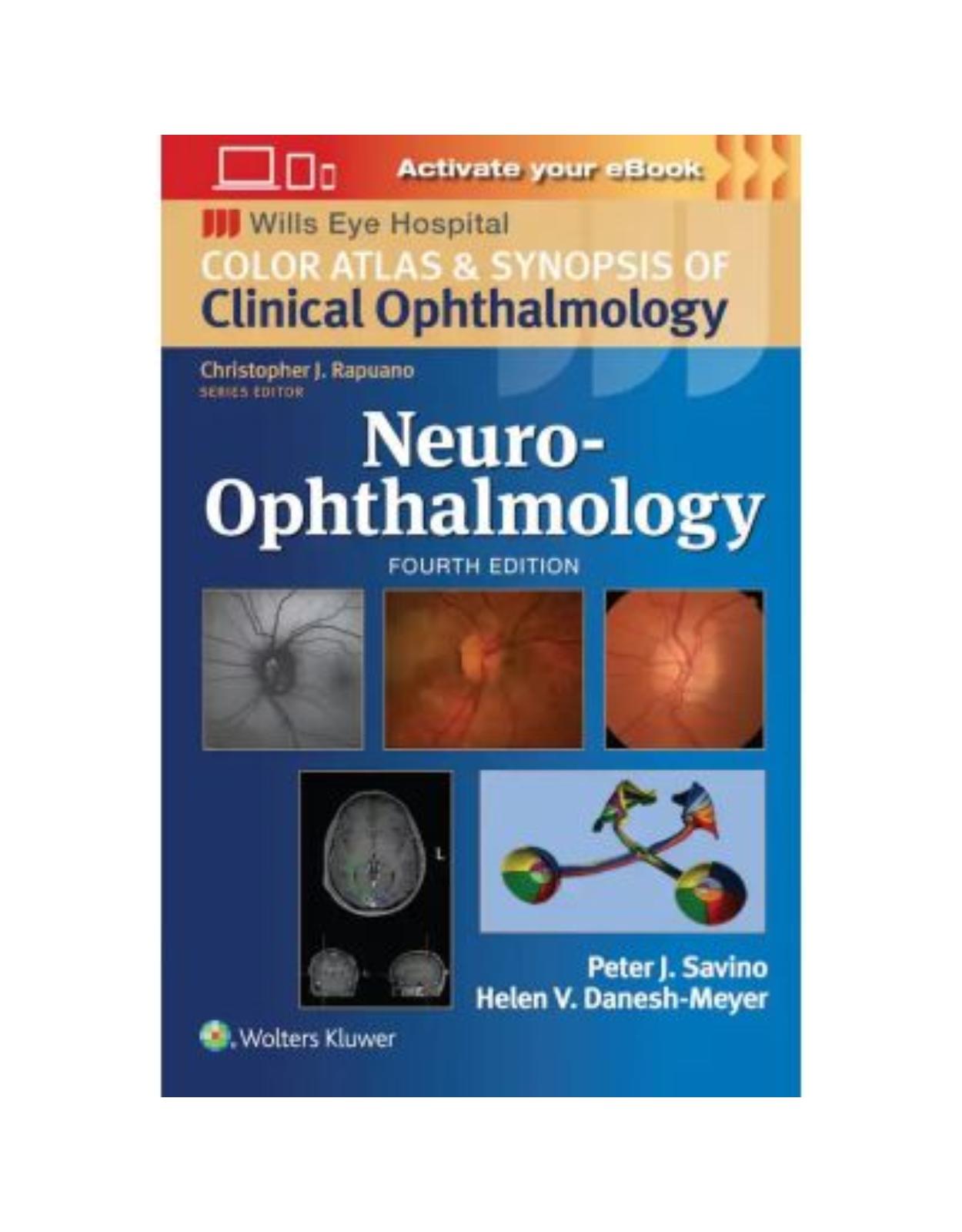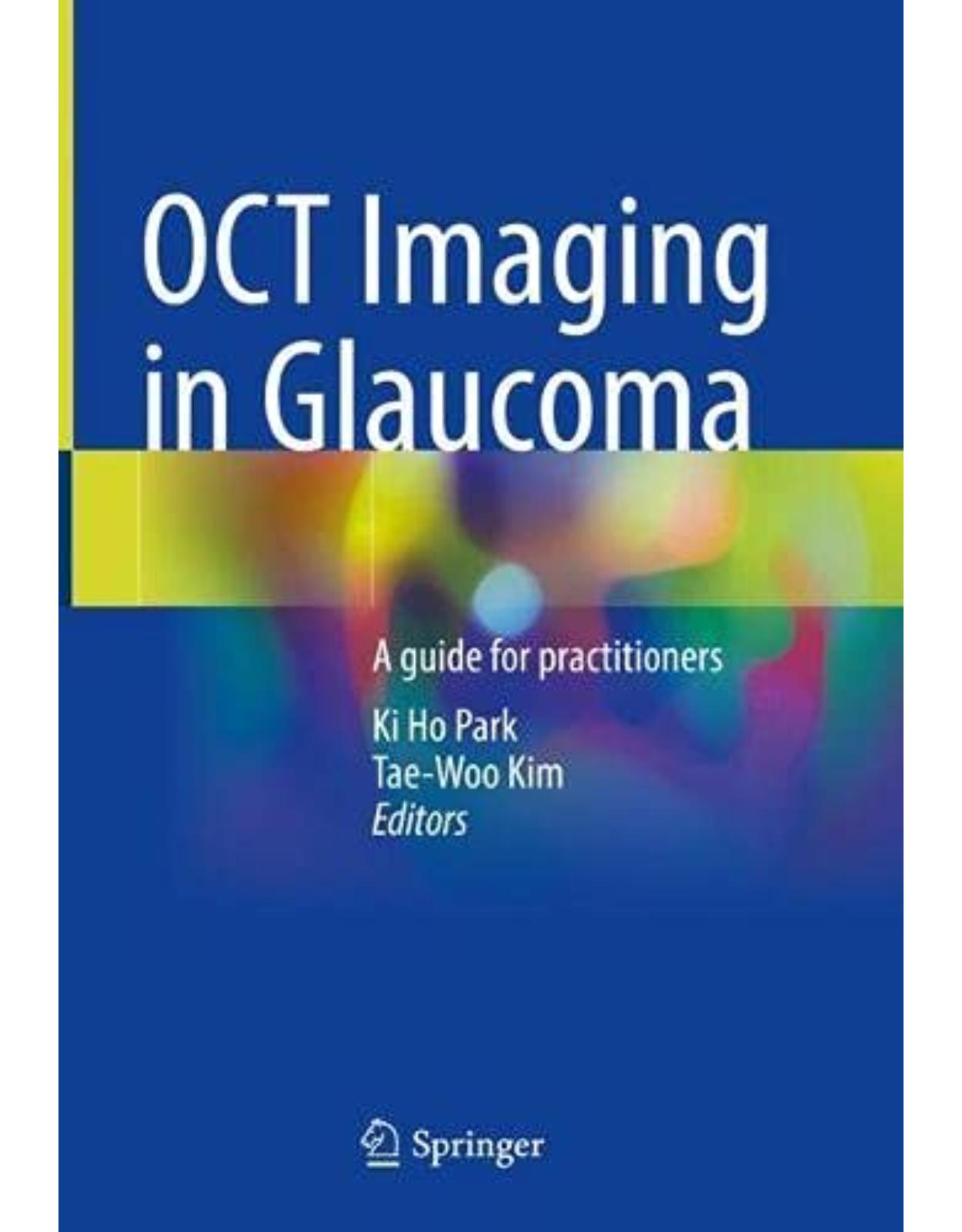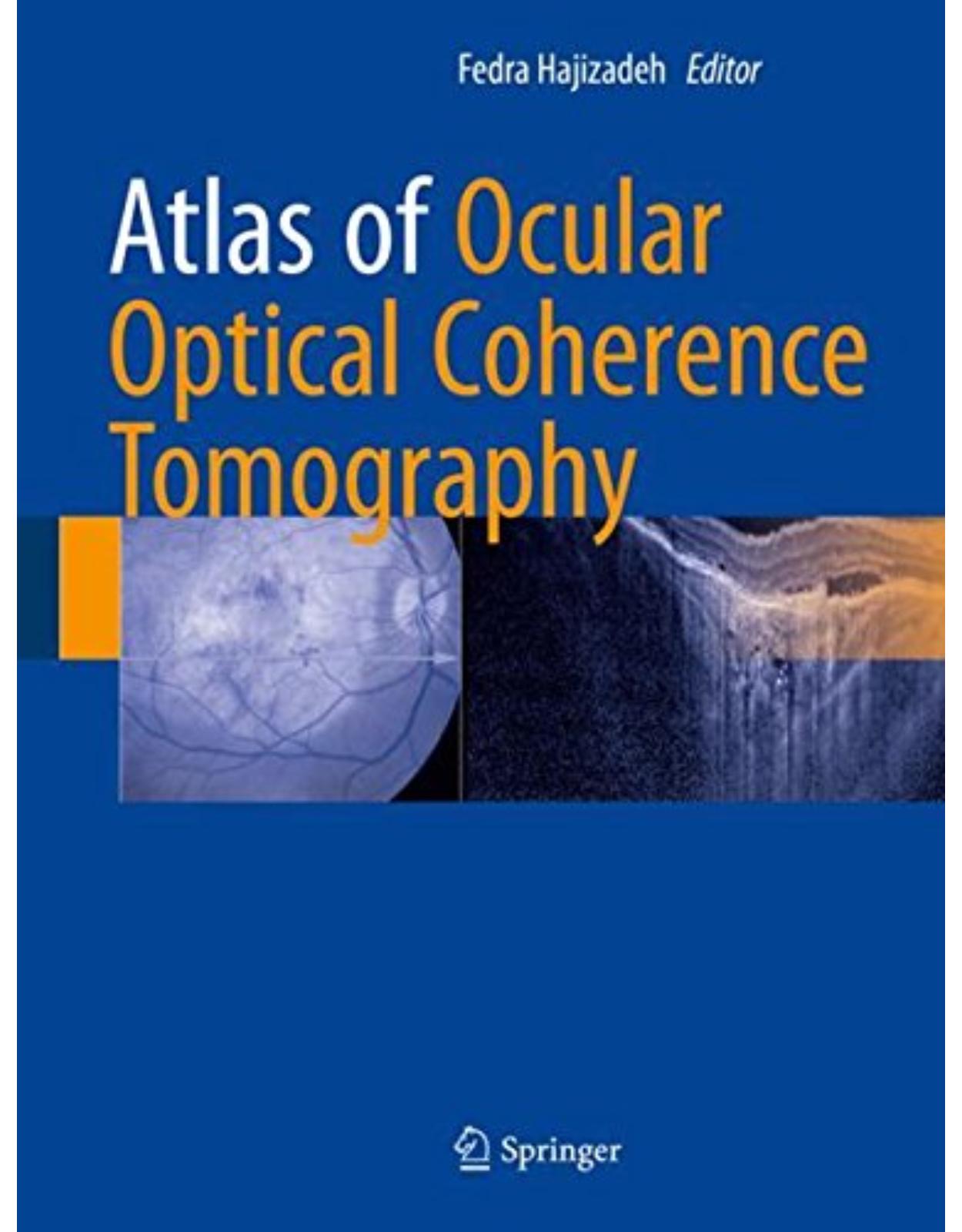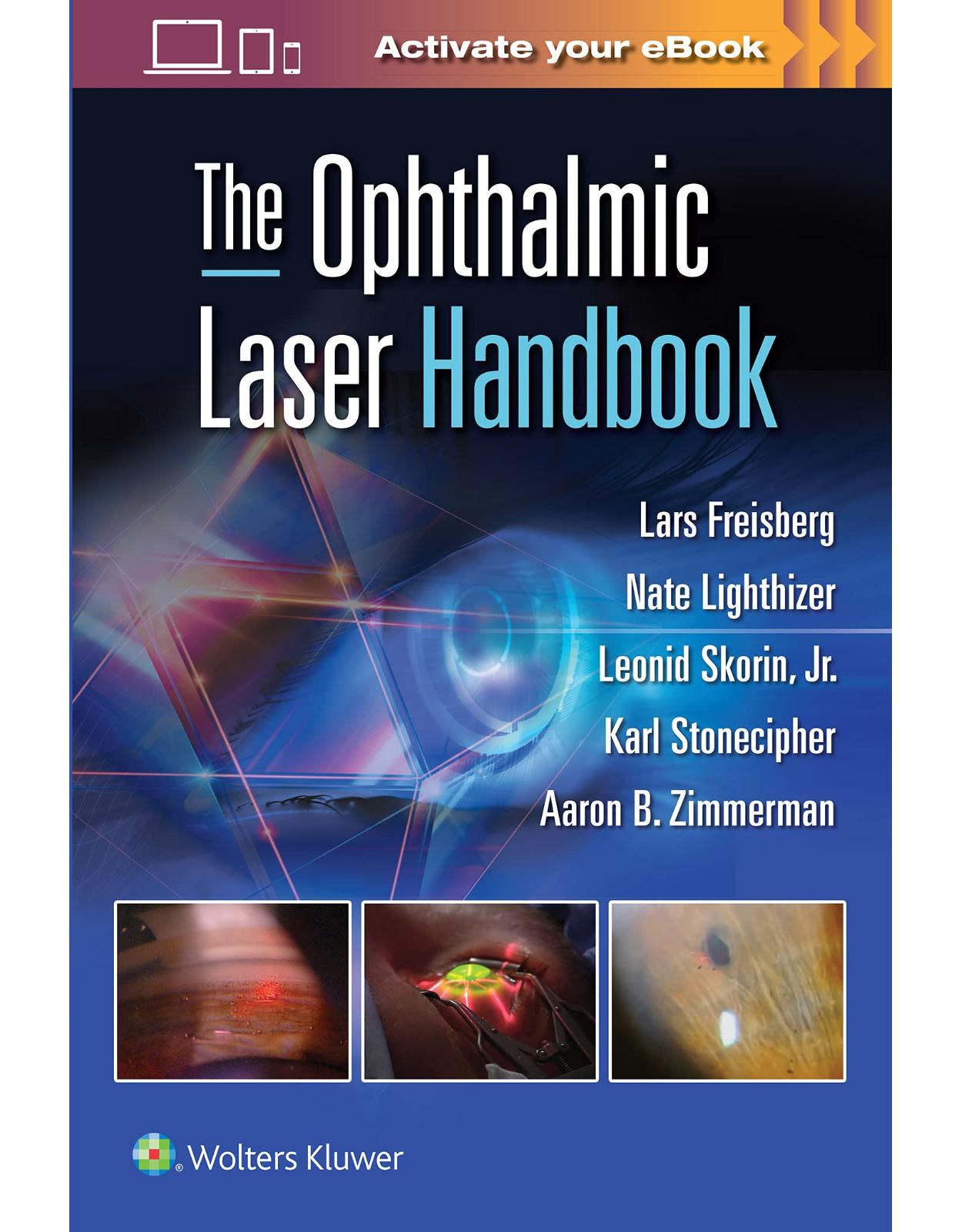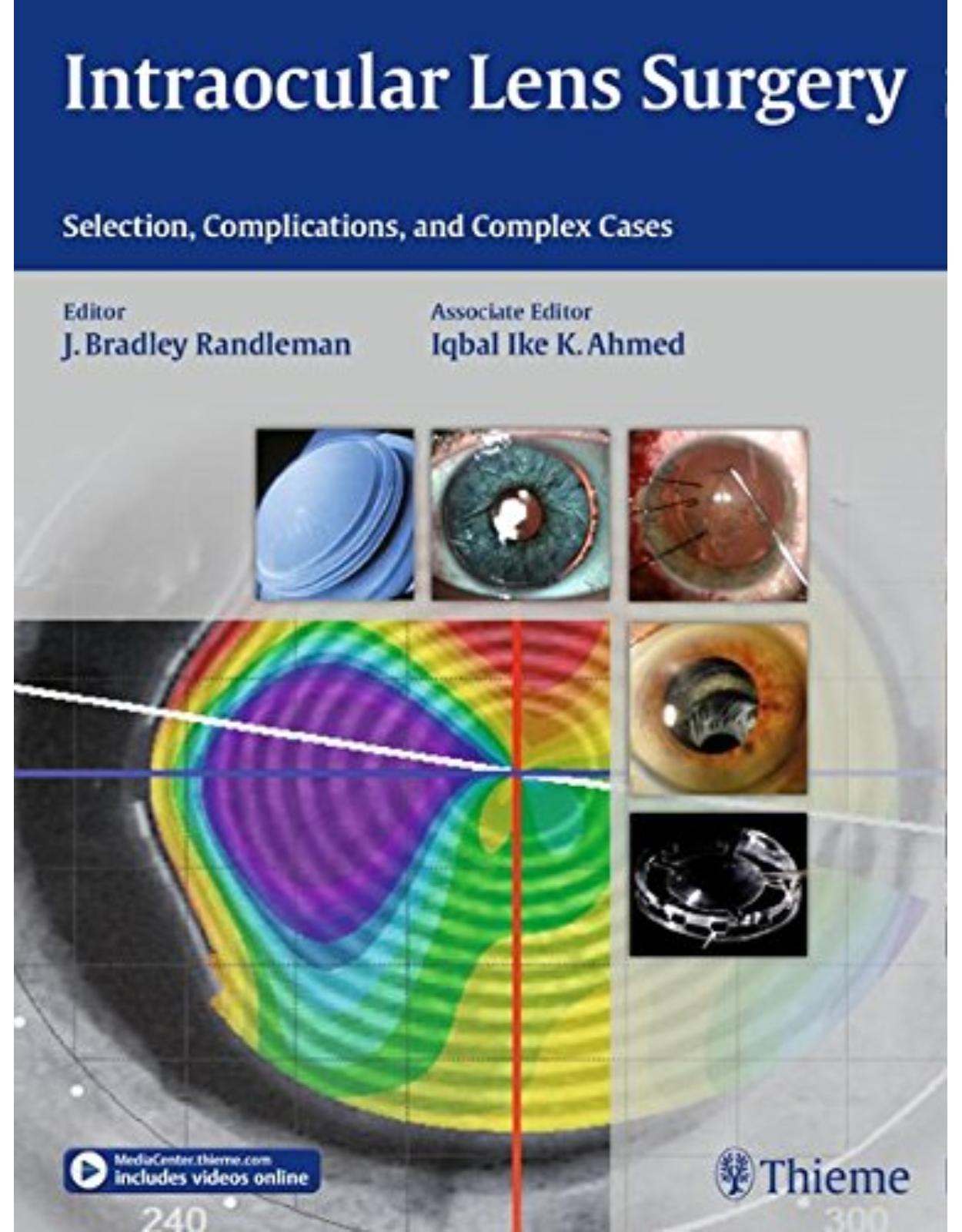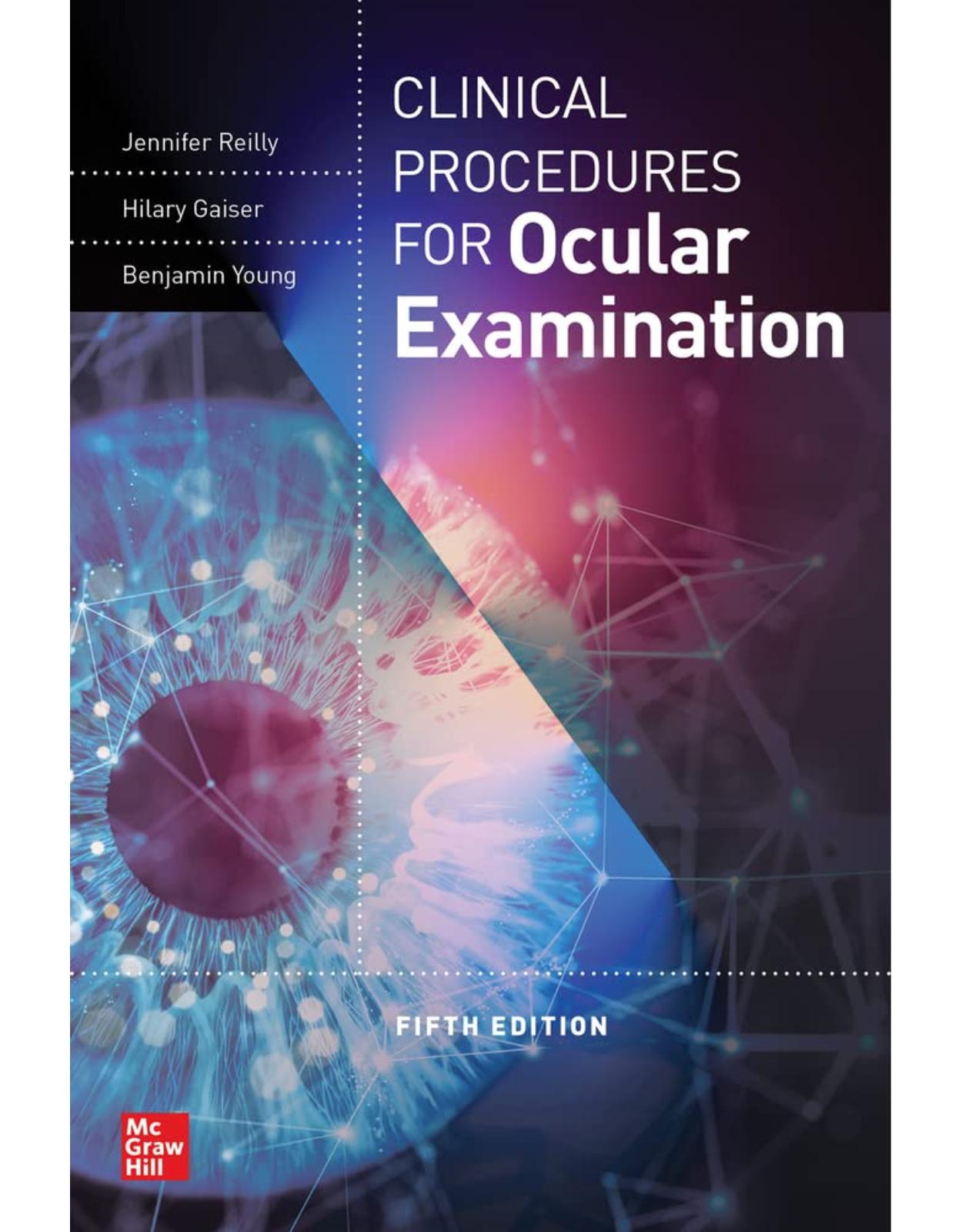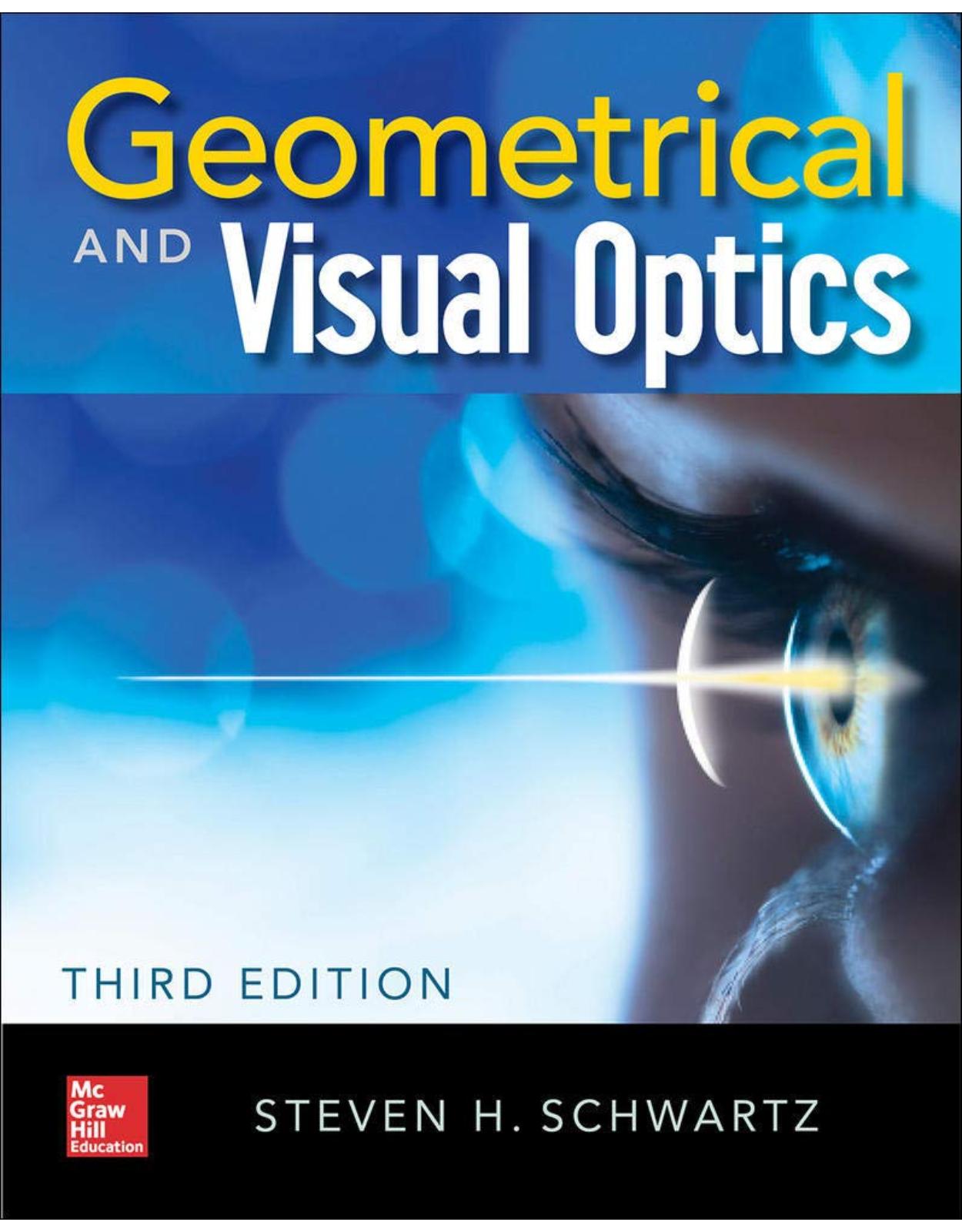
Geometrical and Visual Optics, Third Edition
Livrare gratis la comenzi peste 500 RON. Pentru celelalte comenzi livrarea este 20 RON.
Disponibilitate: La comanda in aproximativ 4 saptamani
Autor: Steven Schwartz
Editura: McGraw-Hill
Limba: Engleza
Nr. pagini: 432
Coperta: Hardcover
Dimensiuni: 238 x 193 x 26 mm
An aparitie: 13 Feb. 2019
Description:
The acclaimed introductory text to geometrical and visual optics --- now in full color Doody's Core Titles for 2021! Geometrical and Visual Optics, Third Edition is a rigorous, yet approachable text that expertly combines basic optics with clinical application in a way that brings key optometry topics to life. It is meant to be a concise and user-friendly resource for clinicians as they begin their study of optics, and as they eventually prepare for licensing examinations. The book emphasizes optical concepts and problem-solving skills that underlie contemporary clinical eye care, and because of its clinical utility, a vergence approach is stressed. FEATURES: 3 complete practice exams, totaling 122 questions 200 end-of-chapter self-assessment problems with detailed worked-out solutions Full-color figures and clinical highlights Learning Objectives appear at the beginning of each chapter Color highlighted summaries, sample problems, and tables Summary and list of formulas appear at the end of each chapter NEW CHAPTER on lens thickness; and prism coverage has been expanded to include vertical imbalance In-depth coverage of geometrical and visual optics spans the full spectrum of topics, from refraction at spherical surfaces, to thin and thick lenses, to depth of field, ametropia, magnification, retinal image size, and reflection Primary emphasis is on core concepts, with a minimum of formulas and superfluous mathematics
Table of Contents:
1. Basic Terms and Concepts
Sources, Light Rays, and Pencils
Vergence
Refraction and Snell’s Law
Summary
Self-Assessment Problems
2. Refraction at Spherical Surfaces
Converging and Diverging Spherical Surfaces
A Word on Sign Conventions
Primary and Secondary Focal Points
A Very Handy Formula
Image Formation By Spherical Surfaces
Real Images
Virtual Images
Summary
Self-Assessment Problems
3. The Vergence Relationship
More on Vergence
Linear Sign Convention
Vergence Relationship
Sample Problems
Sample Problem 1: Converging Surface
Sample Problem 2: Diverging Surface
Sample Problem 3: Locating the Object
Sample Problem 4: A Flat (Plane) Refracting Surface
Summary
Self-Assessment Problems
4. Thin Lenses
Ray Tracing
Vergence Relationship
Newton’s Relation
Summary
Self-Assessment Problems
5. Optical Systems with Multiple Surfaces
Multiple Thin Lens Systems
Virtual Objects
Thick Lenses
Summary
Self-Assessment Problems
6. Optical Properties of Thick Lenses
Definitions
Back and Front Vertex Power
Equivalent Lenses
Equivalent Power
Locating the Principal Planes
Sample Problem
Nodal Points
Cardinal Points
Summary
Self-Assessment Problems
7. Spherical Ametropia
Myopia
Hyperopia
Lens Effectivity
Correction of Ametropia with Laser and Surgical Procedures
Summary
Self-Assessment Problems
8. Accommodation
Vergence Relationship for Accommodation
Accommodation in Ametropia
Near Point of Accommodation
Accommodation when Ametropia is Corrected with Spectacles
Correction of Presbyopia
Summary
Self-Assessment Problems
9. Cylindrical Lenses and the Correction of Astigmatism
Lens Crosses
Lens Formulas/Prescriptions
Image Formation: Point Sources
Image Formation: Extended Sources
Power in an Oblique Meridian of a Cylindrical Lens
Astigmatism: Definitions and Classifications
Jackson Crossed-Cylinder Test
Spherical Equivalency
What Does a Person with Astigmatism See?
Summary
References
Self-Assessment Problems
10. Prisms
Thick and Thin Prisms
Prism Diopters
Prismatic Effects of Lenses
Vertical Imbalance
Bifocal Jump
Hand Neutralization of Lenses
Additional Clinical Applications
Summary
Reference
Self-Assessment Problems
11. Lens Thickness
Lens Sag
Plus Lenses
Minus Lenses
Spherocylindrical Lenses
Effect of Lens Size, Shape, and Decentration
The Lens Clock
Base Curve
Summary
Reference
Self-Assessment Problems
12. Depth of Field
Blur Circles, Visual Acuity, and Pinholes
Depth of Field and Depth of Focus
Hyperfocal Distance
Diffraction Caused by Apertures
Summary
Self-Assessment Problems
13. Magnifying Lenses and Electronic Magnification
Angular Magnification Produced by Plus Lenses
Use of Plus Lenses for Low Vision
Magnifying Lens and Bifocal Add in Combination
Fixed-Focus Stand Magnifiers
Effective Magnification
Electronic Magnifiers for Near
Summary
Further Reading
Self-Assessment Problems
14. Telescopes
Galilean Telescopes
Keplerian Telescopes
How to Use Tube Length to Determine Angular Magnification
Telescope Apertures, Stops, Pupils, and Ports
Telescope Use in Ametropia
Telemicroscopes
Lens Caps
Adjusting Tube Length
Summary
Self-Assessment Problems
15. Retinal Image Size
Spectacle Magnification
Retinal Image Size in Uncorrected Ametropia
Retinal Image Size in Corrected Ametropia
Summary
Self-Assessment Problems
16. Reflection
Ray Tracing: Concave, Convex, and Plane Mirrors
Concave Mirrors
Convex Mirrors
Plane Mirrors
Power of Mirrors
The Vergence Relationship
Reflections and Antireflection Coatings
Purkinje Images
Corneal Topography
Summary
Self-Assessment Problems
17. Aberrations
The Paraxial Assumption and Seidel Aberrations
Longitudinal Spherical Aberration
Coma
Oblique Astigmatism
Curvature of Field
Distortion
Wavefront Sensing and Adaptive Optics
Measurement of the Eye’s Monochromatic Aberrations
Supernormal Vision
Imaging the Fundus
Chromatic Aberration
Dispersive Power and Constringence
Lateral (Transverse) Chromatic Aberration
Longitudinal Chromatic Aberration
Chromatic Aberration in the Human Eye
The Red–Green Refraction Technique
Summary
References
Self-Assessment Problems
Answers to Self-Assessment Problems
Chapter 1: Basic Terms and Concepts
Chapter 2: Refraction at Spherical Surfaces
Chapter 3: The Vergence Relationship
Chapter 4: Thin Lenses
Chapter 5: Optical Systems with Multiple Surfaces
Chapter 6: Optical Properties of Thick Lenses
Chapter 7: Spherical Ametropia
Chapter 8: Accommodation
Chapter 9: Cylindrical Lenses and the Correction of Astigmatism
Chapter 10: Prisms
Chapter 11: Lens Thickness
Chapter 12: Depth of Field
Chapter 13: Magnifying Lenses and Electronic Magnification
Chapter 14: Telescopes
Chapter 15: Retinal Image Size
Chapter 16: Reflection
Chapter 17: Aberrations
Appendix A: Location of Purkinje Image III
Appendix B: Fluid Lenses
Appendix C: Javal’s Rule
Appendix D: Derivation of the Paraxial (Vergence) Relationship
Appendix E: Correction of Chromatic Aberration
Longitudinal Chromatic Aberration
Lateral (Transverse) Chromatic Aberration
Practice Examinations
Practice Examination 1
Practice Examination 2
Practice Examination 3
Answers to Practice Examinations
Practice Examination 1
Practice Examination 2
Practice Examination 3
Index
| An aparitie | 13 Feb. 2019 |
| Autor | Steven Schwartz |
| Dimensiuni | 238 x 193 x 26 mm |
| Editura | McGraw-Hill |
| Format | Hardcover |
| ISBN | 9781260121094 |
| Limba | Engleza |
| Nr pag | 432 |
-
47600 lei 42300 lei

